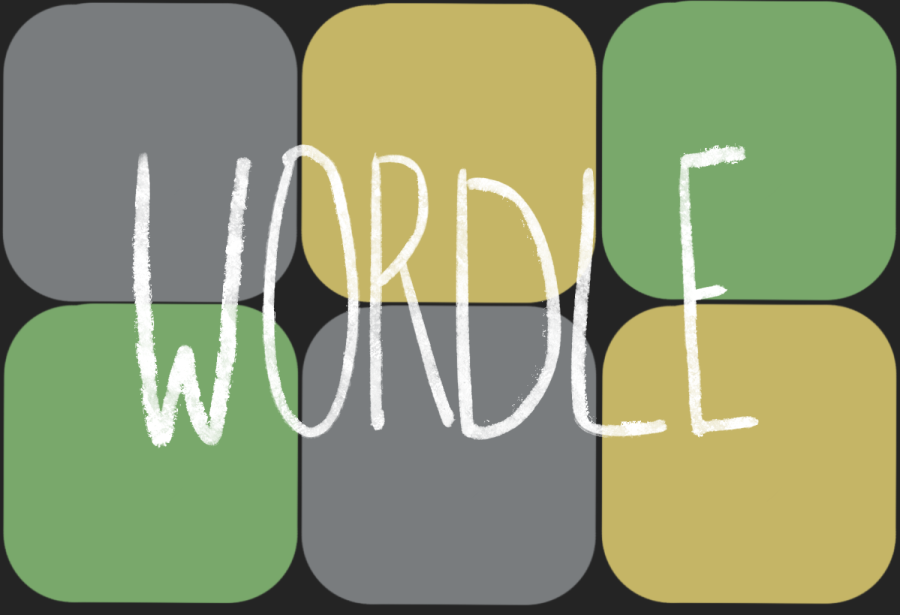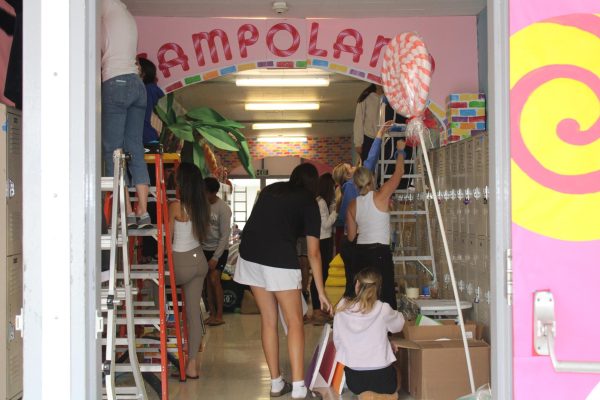Wordle: The Internet’s Latest Gaming Obsession
The game “Wordle” has taken Gen Z by storm.
In just a couple months, Wordle has gone from a side project with a few dozen players to a viral internet sensation, entertaining hundreds of thousands globally. Born out of the monotony of the pandemic, Wordle was a simple idea: no window pop-ups, no ads, no flashing banners. 3 months later, its attraction has sent it hurtling through Twitter feeds, group chats, and more.
To win the daily Wordle, players must guess a 5-letter word predetermined by the platform. Given 6 attempts, users are provided clues regarding the accuracy of their guesses. The game will indicate if a letter is simply not in the word at all by showing a gray box. Letters that are in the word but in the wrong order are indicated with a yellow box. Letters that are in word as well as in the correct place are rewarded with a green box.
Its creator, Josh Wardle, initially had the idea for the game in 2013. However, due to some unimpressed reactions from a few close friends, he scrapped the idea, pursuing different projects for his former position as a software engineer at Reddit. Inspired by daily computer games from The New York Times such as Spelling Bee and Crossword, Wardle’s creation is distinctly simplistic, as well as easy to understand.
While many aspects of Wordle are random, users have found that some tactics work better than others. However, the game’s strategic elements are a little controversial as expressed in the opinions of Campo students. For example, almost all can agree that a player’s “starting word”, or 1st guess, is very influential in solving the puzzle efficiently. Many players agree that it makes most sense to not initially repeat letters or use uncommon letters of the alphabet such as “x” or “q”. Disagreement lies in whether it is more strategic to burn through consonants in early words with guesses such as “stick” or “brand”, or utilize vowel-heavy words such as “adieu” or “audio”. Nonetheless, 1st guesses should be “all about narrowing down the search” as explained by sophomore Callen Bronson.
Avid Wordle player sophomore Carley Hudson said, “It’s really easy to play and it also doesn’t take that long. I think Gen Z already has pretty short attention spans so Wordle is especially perfect for us.”
Hudson added, “[Wordle] is sort of a competition amongst my friends and I to see who can figure it out the fastest.” Wordle is building bonds and offering senses of belonging to more and more people, which is especially important during a time where not everyone can spend time together playing classic games like Monopoly.
Until mid-December, Wordle lacked the ability to share results on social media. Wardle noticed players sharing their results by typing out a grid of green, yellow, and black emojis, so he built an automated way for players to brag about their successes in a spoiler-free way.
However, the real fascination has to do with 1 very key, psychological factor: limitation. On February 10, Wordle officially made its transition to its new URL at The New York Times from the now famous powerlanguage.co.uk. Despite the addictive nature of the game, players are cut off at 1 puzzle per day. This allows for an element of anticipation, where users know a brand new Wordle is waiting for them as soon as they open their devices the following morning. There’s some excitement to the solving process, and in the words of Bronson, Wordle is always “leaving its players wanting more.”
Though the appearance of Wordle isn’t filled with engaging colors and graphics, it remains equally, if not even more, visually compelling. Something about the rather plain computer interface along with its reserved color palette is both pleasant and mysterious; very fitting considering the aim of Wordle is to discover a secret solution.
Since the game’s internet fame exploded at the beginning of this year, more and more brands are hopping on trend by tweeting about the game. “Lego” made its own green and yellow puzzle grid out of lego bricks, and the Smithsonian tweeted a picture of a green, yellow, and black tablecloth from its Cooper Hewitt collection.
So, Wordle really is a global phenomenon, stimulating creativity and connecting communities everywhere. But how long will it take for essentially unpredictable fads like Wordle to die out? The Times’s games — including ‘Crossword’, ‘Spelling Bee’, and ‘Letter Boxed’ — were played more than 500 million times last year, the company said. Even despite these consistent trends of popularity, there’s really no way of knowing how long Wordle will be a part of people’s morning routines. That being said, let’s bask in the glory of a world obsessed over a video game that doesn’t revolve around blowing people up.
Your donation will support the student journalists of Campolindo High School's The Claw. Your contribution will allow us to produce more issues and cover our annual website hosting costs.

Sophomore Grace Franklin has an interest in art and improving her digital art skills through The Claw Art Staff. Franklin has a deep interest in video...

